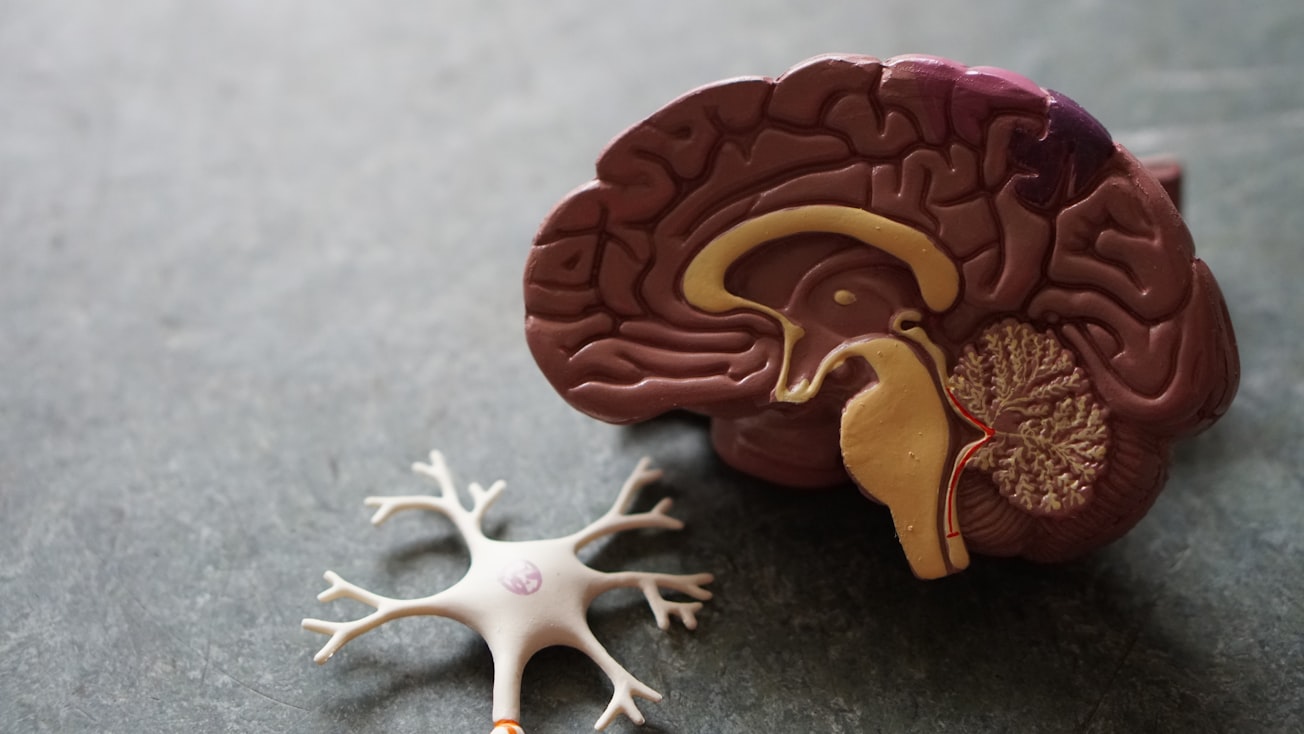What is it about?
We aimed to investigate whether it is possible to noninvasively modulate corticostriatal activity in humans using a technique called transcranial static magnetic field stimulation (tSMS) and resting-state functional MRI (fMRI). To ensure accurate measurement of the changes, we developed a new analysis method called the ISAAC framework. Our study found that tSMS applied to the supplementary motor area (SMA) caused changes in both local activity within the SMA and shared activity between the SMA and the motor striatum. These results provide strong evidence that this noninvasive technique can effectively target and modulate corticostriatal activity, paving the way for potential new treatments for brain disorders.
Featured Image

Photo by Robina Weermeijer on Unsplash
Why is it important?
This study sheds light on the potential of noninvasive brain stimulation to target and modulate specific brain activity in humans using tSMS. The use of a new analysis framework called ISAAC provides a more accurate way of measuring changes in brain activity, which is essential for the development of noninvasive treatments for brain disorders. This work could have significant implications for the field of neuroscience, particularly for researchers and clinicians interested in noninvasive brain stimulation techniques. Furthermore, the study's emphasis on accurately measuring changes in brain activity is an ongoing challenge in neuroimaging research, and the development of a new analysis framework provides a valuable contribution to the field. Overall, this study's findings and methodological contributions could potentially advance the development of new treatments for brain disorders and the field of neuroimaging research.
Read the Original
This page is a summary of: Noninvasive modulation of human corticostriatal activity, Proceedings of the National Academy of Sciences, April 2023, Proceedings of the National Academy of Sciences,
DOI: 10.1073/pnas.2219693120.
You can read the full text:
Resources
Contributors
The following have contributed to this page







